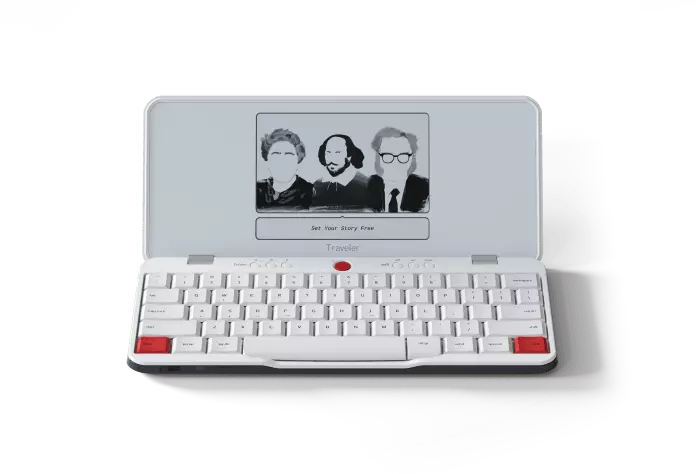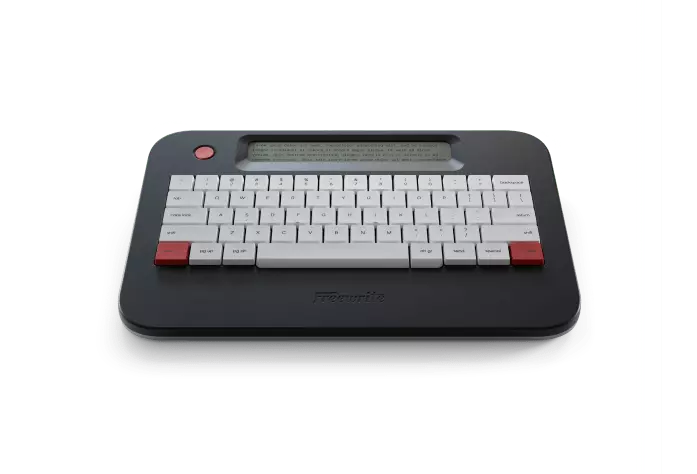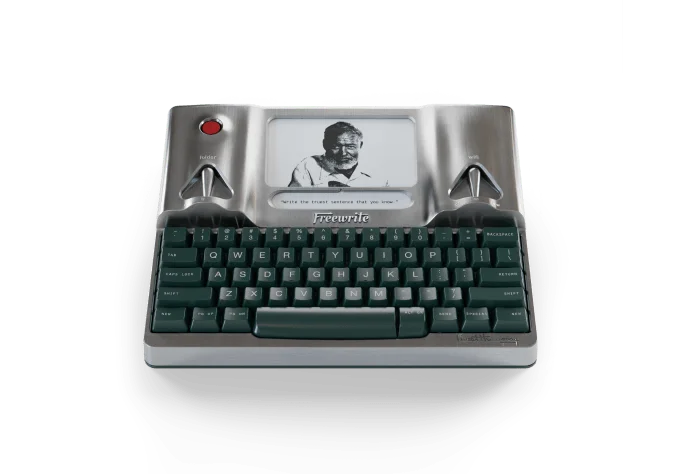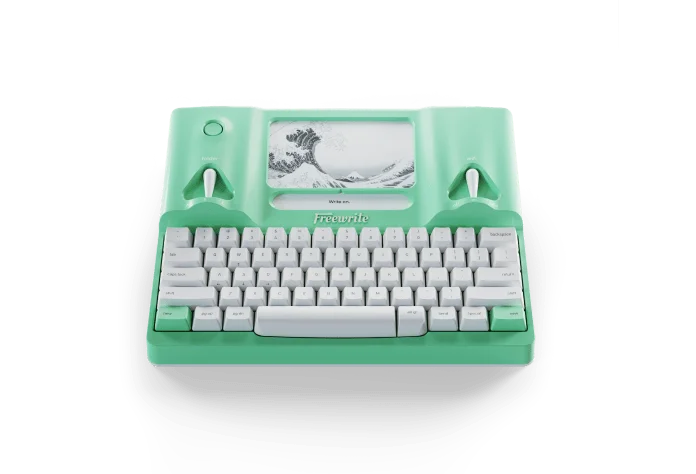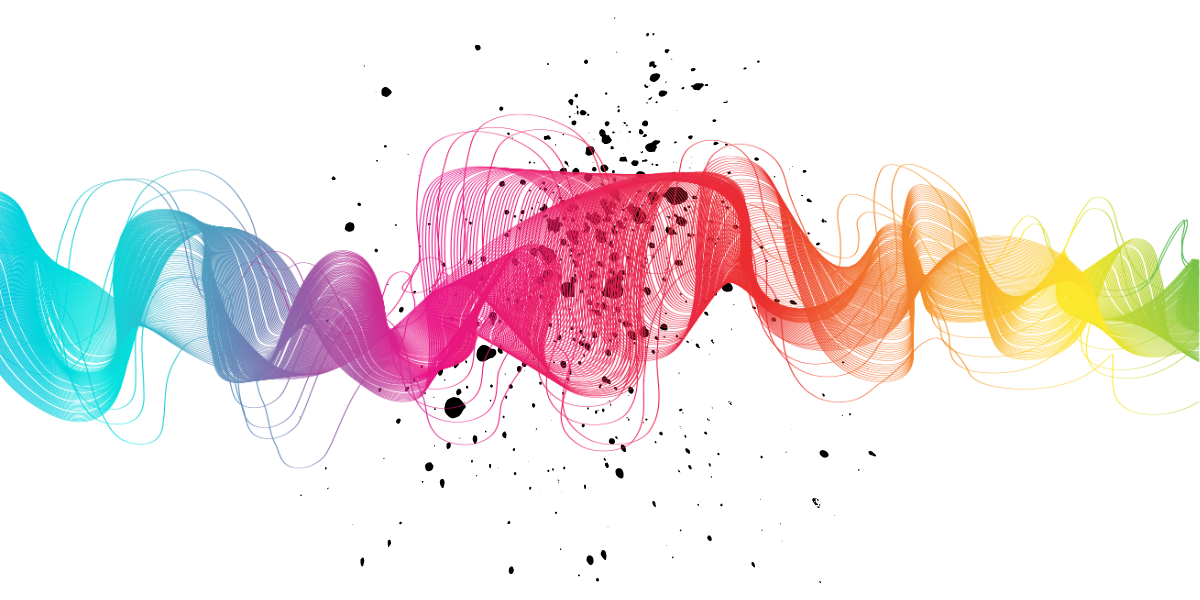Self-publishing through channels such as Amazon KDP means you can quickly and easily get your novels into the hands of your readers. It takes away that soul-destroying process of collecting rejection letters from publishing houses with limited publishing budgets. It’s great news if you’re an author — and it doesn’t cost anything, either.
However, there is a downside. Going down the self-publishing route means that you don’t get the professional editing that traditional publishing entails — which means you either have to pay for a copy editor or edit yourself. Editing your own work is tough — and maybe that explains why there are so many self-published books that have lots of unfortunate errors.
One of the more difficult problems to spot in your own writing is problems with your point of view — so in this article, I’m going to take you on a whistlestop tour through three of the most common point of view problems, how to recognize them — and, most importantly, how to fix them.
A Quick Refresher on Point of View

If you’re an author (or an aspiring author) then you probably already understand what point of view is, but in here’s a brief refresher. Essentially, point of view boils down to asking yourself, as you’re writing “which character’s eyes am I looking through?”. You can use:
- the first-person point of view - told in the first person, with one (or more) main character(s) narrating the story — e.g. “I knew that Damien was trouble the first time I met him.”
- the third-person point of view - told in the third person (he, she, they), with a viewpoint character narrating the story — e.g. “Thomas paused in the doorway, anxiously watching Felicity flirting with Damien. There was something off about Damien, Thomas could sense it.”
- omniscient point of view - the story is told by an omniscient narrator (someone who sees everything) — e.g. “Felicity was oblivious to Thomas’ discomfort as she twined her arms around Damien’s neck.”
- multiple points of view — usually in the third person, but sometimes in the first person, you can have multiple viewpoint characters in your story — but the more you have, the more complex your story becomes.
3 Key Point of View Problems — And How to Spot Them
There are different types of point of view problems that are commonly found in published novels. The first step in being able to remove these kinds of issues from your fiction is first knowing what they are.
1. Inconsistent Viewpoints
This is, by far, the most common — and most important -- point of view problem that I come across as a writing coach. It doesn’t just affect new writers — as some ‘experts’ claim, but can affect any writer at any stage in their career. In fact, point of view problems can become habitual for experienced writers — even those who have had mainstream publishing success. For that reason, I’ll be spending more time on this problem than the other two common problems!
An inconsistent viewpoint can make your novel seem sloppy and badly written — no matter how masterful your use of language. When you’re writing, viewpoint inconsistencies can easily slip in — especially when you get ‘carried away’ when you’re writing.
There are actually quite a few ways that point of view inconsistencies can slip into your stories — more than just things like slipping between past and present tense. We’re going to look in-depth at some of the most common of these, and how to recognize them when you’re editing your novel.
Once we’ve chosen a point of view — no matter which we choose — we need to stick to it. The only exception is when we’re using an omniscient point of view, but this type of point of view has fallen out of favor recently.
Most viewpoints are known as limited viewpoints — and this means that we can only include the things that the viewpoint character can see, hear, smell, taste, touch, feel and think. When you are writing from one character’s viewpoint, that character can’t know what another character is thinking, for example.
Before we dig into the specific types of inconsistencies, here’s an example of how an inconsistent POV can look in a story. When we’ve gone through the types of inconsistencies, come back to this and see how many you can spot!
Christy walked briskly along the sidewalk, oblivious to the fact that the creepy guy who had stolen her purse was stalking her. A sudden sound startled her, and she glanced back over her shoulder. She didn’t see the toecap of the man’s left boot poking out of the doorway twenty paces behind her. She shrugged and carried on walking. Her stalker smirked.Stupid kid, he thought, slipping out of the doorway and continuing to follow her.
Christy reached the door to her apartment block and went inside, opting to take the stairs up to her third-floor apartment. Michael had told her not to go home until the locks were changed tomorrow, but she couldn’t go into work in the same outfit two days running. It would all be fine. She was sure that whoever found her purse would hand it in to the police.
She opened her apartment door and stepped inside, switching on the lights as she entered. The man following her smiled as he watched the door close behind her.Tonight will be fun, he thought, slipping the key he’d taken from her purse into the lock on the door.
a. Attributing emotions to non-viewpoint characters
Your viewpoint character cannot know what other characters are feeling unless the other character tells them. This means that you can’t, as the author, tell the reader what a non-viewpoint character feels. This error happens more often than you’d realize — and you most likely would miss it in your own writing if you weren’t specifically looking for it.
For example, if you were writing in the third person, from Alex’s viewpoint, and another character (let’s call him) Bob was feeling angry, you might write that “Bob slammed the door in anger”.
That’s a POV inconsistency since although Alex might guess that Bob is angry, he can’t actually know that Bob is angry, therefore can’t be certain that the door was slammed the door in anger — the wind might have caught the door and caused it to slam as Bob was closing it, for example.
When you’re editing your novel, watch out for these kinds of phrases — and any other situations where non-viewpoint characters emotions are written about.
b. Attributing motivation to non-viewpoint characters
When you’re writing about a non-viewpoint character, it’s really easy to slip into the trap of telling the reader why the character did something. For example, if Ben isn’t a viewpoint character (but Aaron isthe viewpoint character), writing: “Ben spotted Aaron in the crowd and hurried to meet him,” would be a POV inconsistency.
With these kinds of errors, spotting them isn’t easy, unfortunately — especially when you’re editing your own work. With practice, however, you can become more attuned to recognizing them.
c. Telling the reader what a non-viewpoint character thought or saw
Your viewpoint character can’t possibly know what another character is thinking or know if a non-viewpoint character saw something that the viewpoint character isn’t able to see. If the viewpoint character can’t see it or know it, then your reader can’t know it either. If you want your reader to have that kind of bird’s eye knowledge, then you need to write from an omniscient point of view.
For example, if Jennifer is your viewpoint character and Stefan is a non-viewpoint character, then the following passage would be a viewpoint inconsistency:
“Are you serious?” Jennifer asked.
Stefan swallowed.I’ve gone too far, he thought, absently rubbing his fingers over the fidget spinner in his pocket.
When you’re editing your novel, you can try using your word processor’s ‘find’ function to search for words like:
- thought
- noticed
- realized
- wondered
- believed
- remembered
- knew
- reviewed
- recalled
- considered
If you want to improve the quality of your fiction, don’t just remove these words for non-viewpoint characters. Since they’re words associated with telling rather than showing, your novel will be better if you show instead of tell (as much as possible).
d. Including items that the viewpoint character doesn’t notice or can’t see
This is very similar to the point above about non-viewpoint characters thoughts but takes on a slightly different form. If your character can’t see it, then you can’t write about it — that’s the rule you need to think about when you’re editing your work.
For example (the viewpoint character is Zeke):
Zeke slid quietly back into his seat, not noticing that Mrs. Magnusson had been watching him the whole time.
or:
The bus was crowded, but Zeke managed to find an unoccupied seat. He slipped his headphones on. Up ahead, the traffic was at a standstill due to a multi-vehicle accident.
It’s easy for these kinds of inconsistencies to go unnoticed, and it takes a trained eye to spot them. However, you could use your word processor’s find function to look for phrases like ‘didn’t notice’ and words like ‘unknowingly’, ‘not realizing’, ‘unconsciously’ and so on.
e. Telling the reader what the viewpoint character looks like
Describing what your viewpoint character looks like is a tough one. If you have your character, for example, thinking about their appearance, then this isn’t a POV inconsistency. A POV inconsistency in this area comes about when you’re describing your character as someone else sees them — i.e. from the outside — which your viewpoint character can’t see.
This often happens in describing facial expressions, for example:
A grimace crossed Bryan’s face
Bryan’s face was a mask of fury
A smirk crossed Bryan’s face.
Fortunately, these kinds of errors are quite easy to spot — and easy to remedy. It’s easy to say instead:
Bryan grimaced
Bryan scowled
Bryan smirked
When we grimace, scowl or smirk, we know about it, because it’s an action that we’re performing — we don’t have to see it from the outside to know we’re doing it, therefore this way avoids inconsistency in POV.
2.Too Many Viewpoints
Getting the balance right with your viewpoints can be a challenge sometimes. If you have more than one viewpoint character, you have to decide whether they will have equal viewpoint time or whether one character will get more than the others. When you have multiple viewpoints, however, problems can occur — and your novel can become messy and difficult for your readers to follow. I once read a novel that had so many viewpoints — and so many viewpoint changes — that I actually started to feel seasick!
The general advice I give to my students is that if you must have multiple viewpoints, keep them to as small a number as possible. Two or three viewpoints is much better — and easier to manage — than four, five or six. When you’re editing your novel, if you find that you’re struggling to keep track of who the current viewpoint character is, then this is a sign that you’re using too many viewpoints (or mishandling the distribution). It’s better to recognize this before you get to the editing stage, however, if you want to save yourself a lot of rewriting.
Signs that you have too many viewpoints can include:
- A complicated narrative that seems too ‘choppy’ (moves around too much)
- You’ve already written 50,000 words and you’re only a third of the way through your plotline
- You keep forgetting which viewpoint character you’re writing this scene from
- Your story feels chaotic and confusing — even to you
3. Badly Chosen Viewpoints
You should also be careful with the characters you choose to be viewpoint characters. This is a problem that can be easily sorted before it becomes a problem if you spend time working out which characters are going to be present for the most pivotal moments in your story — and which ones (maximum of two or three) are going to play the most important roles.
If you’re more of a seat-of-the-pants kind of writer, and planning doesn’t work for you, then you may find yourself falling victim to a badly chosen viewpoint — and face a large rewriting project as a result.
If, for example, you decide that your viewpoint characters are Hayden, Mitch, and Ellis, but Ellis isn’t actually present for your pivotal scene and is actually off on an adventure of his own, then you’re likely to end up with a story within a story that makes for a messy and incoherent overall plotline. Having a badly chosen viewpoint character can lead to problems in structure, focus, cohesion and more.
Fixing Point of View Problems

If you’ve already written your novel and are in the editing stage, then I’m afraid there’s no quick fix for your point of view problems. Once you spot them, you will have to edit the passages, chapters, or, even, edit out entire viewpoints, until you’ve eradicated the issues.
If you’re still in the planning stage or have recently started writing, then you’re in a much better position to stamp out point of view problems in your writing. If you have previous examples of your writing, now is a good time to go over them and see if you can identify any patterns in your point of view problems. POV problems can quickly become habitual for writers — but once you’re aware of them, you can begin to work on eradicating them from your writing.
Print out a copy of your story, find a set of highlighters, and go through your story, highlighting inconsistencies in one color (or, if you’re brave, try highlighting the different types of inconsistencies in different colors), evidence of too many viewpoints in another color, and badly chosen viewpoints in another color.
Once you can recognize the POV problems that occur most frequently in your writing, you can practice rewriting scenes or passages without the POV problems — until writing that’s free of POV problems becomes habitual.


